My first impression of South Korea is in Seoul- the city in which my plane lands. Seoul is a city driven by consumerism- shopping malls are everywhere. You literally go to a subway station that is a shopping mall, to find that underground, between trains, is another shopping mall. You then board your train and spend an hour underground in a tube only to emerge from your train into yet another underground shopping mall. From here, you can walk to the surface where you are surrounded by several shopping malls- each several stories tall (sometimes ten or more) with almost every location inhabited by one store or another (ie: no vacant lots like shopping malls in Arizona). As an individual that grew up in the United States, the level of consumerism and westernization in this city made even me a little uncomfortable. For my readers out there who are from the United States- imagine Times Square in New York X 10- seriously.
The owner of the hostel at which I am staying says that South Korean culture is very driven by western civilization. Here, it is important to be seen as westernized and people try very hard to fit into the western ideal. People freely point out things about other individuals that may not necessarily ‘fit’ the societal ideal for the sake of ‘helping’ them to understand what they can do to be ‘better’ or ‘fit-in’. This drives a culture in South Korea that has been labelled the ‘Plastic surgery capitol of the world’. Unfortunately, the negative effects of this pressure to ‘fit-in’ and not be a burden resonate into other aspects of society- driving what the World Health Organization reports as the second highest suicide rate in the world. Among South Korea citizens, the fourth leading cause of death (2012) is suicide- with nearly 40 citizens taking their own lives every day and suicide being theleading cause of death for those between 10-30 years old and an increasing trend among the elderly.
I believe in a blog about science, it is important to talk about issues like mental health and understand that suicide is a global phenomenon that affects many individuals and cultures. Taking cultural context into account, we can start to understand the underlying reasons why people may reach a moment of desperation so severe that they convince themselves that death is the only means for release. By enhancing awareness about this issue, we can hopefully convince ourselves that life is worth living- through hard times and through bad- and that we are not alone in our struggles. If you know anyone suffering from depression or thoughts of suicide, I have included some links about suicide and suicide prevention below:
Alright, maybe things got a little heavy there, so now let’s cool off with some fun stories about Seoul. Seoul is a very clean city with parks, restaurants, and historical sites. The hostels that I stay at here are some of the friendliest in the world- one literally let me stay two nights before paying since the hours for my science conference made acquiring cash impossible. The owner even woke up over an hour before the kitchen opened one morning to let me prepare my breakfast so I could make it to the conference on time. After this, she merely left the kitchen unlocked so I could prepare all my stuff however I wanted before the kitchen was open.
In Seoul, I met a few diverse and international groups staying at the hostels. Together we did a whole slew of essential Korean activities:
Korean Barbeque:
At Korean barbeque restaurants, they have these giant metallic snorkel things that extend from the ceiling down to the place where you barbeque your food so that they can suck up the smoke as you cook your food. At this particular meal, I joined two Belgians (one named Ciska, the other’s name I cannot recall) and an American named Age. Since the restaurant was out of beef they brought us pork instead. Not understanding this completely, and not being able to tell whether the raw meat that was brought to us was pork or beef, Age decided that she wanted to eat some a little rare. Once our server saw this, he immediately rushed over and told her to spit it out in broken English. He then laughed and started cooking all of the meat for us. Then, he chopped up a chili pepper and convinced Age that is was not spicy and that she should try it- right. He then talked about her nose for about 15 minutes- absolutely stunned by its beauty since it had a large bump between the forehead and the tip at the end. He then showed us all pictures of his adorable baby for the rest of the meal. Afterwards, he informed us that he was the son of the owner and the owner came out and we all took photos together. All of these photos were captured on Age’s phone so unfortunately I do not have any of them to show. After causing all this raucous- people from within the restaurant came over and started asking us where we were from- I guess this is what people mean when they talk about westerners sometimes being treated like movie stars.
So, in South Korea they have this alcoholic beverage called soju which is distilled alcohol from rice fermentation. During our meal, we all decide that trying some would be a good idea. Since they came in 360 ml bottles, of course a table of four requires four bottles. When we ordered said bottles, we did not realize that the soju we ordered was approximately 30% adv- which leads me to our next essential Korean activity…
Karaoke bar!
The thing to do in South Korea on the weekend is to go into a karaoke club with friends and reserve a room for everyone to sing karaoke together. After finishing our soju, we walked (stumbled) over to the nearest karaoke bar and checked ourselves into a room. The way this works is:
When we were finished with this- the night was just starting… which led us to our third essential Korean experience…
Crazy sex electropop night club with glow sticks, fun-time!
There were also a few cool things that I stumbled upon in the city with some of the others staying in the hostel.
The Olympic Games were held in Seoul in 1988 and for the games a giant park was built. This park is still widely used today so we decided to scoot over and check it out.
There was a “Love Hot Festival” for people who loved red hot chili peppers (give me a sweet bass line Flea). Here, people were selling chili peppers by the kilogram!
It is in the hostel in Seoul that I first hear about Nara Dreamland- an abandoned theme park in Nara, Japan. This intel led me to later visit the theme park and document what may be the last footage of the theme park ever recorded (more to come in a blog about Japan!)
Gyeongbokgung Palace- the main palace of the Joseon dynasty (1392-1897) - was built in 1395 and has survived near destruction twice: once from a fire in the 16th century during the Imjin war and the other when the Japanese attempted to systematically destroy the building in the early 20th century. From what I gathered from the tour guide, the grounds were essentially built as a place for the king to have ‘sexual interactions’ with his concubines. Seldom did the king meet with the queen and for this she had a private garden and other amenities built to keep her busy during the day. Historically speaking, this giant beautiful palace was built primarily for some aristocrat to get his rocks off with a bunch of women. Isn’t history so fascinating sometimes?!
There are so many scientists at the conference that I cannot highlight all of the research going; however, below, I highlight some of the important researchers and their respective research focus(es).
Helmut Kroiss
From Vienna University of Technology in Vienna, Austria International Water Association (IWA) President Energy and Urban Water Infrastructure Theoretical Considerations and Full Scale Implementation in Vienna/Austria
Dongwon Ki
From the Swette Center for Environmental Biotechnology at Arizona State University in Tempe, Arizona USA His research focuses primarily on optimizing energy recovery from microbial electrochemical cells by looking adjusting fuel cell geometry, materials, and other operating characteristic
Stefano Freguia
From Freguia from the Advanced Water Management Centre (AWMC) at the University of Queensland in Australia His research focuses primarily on understanding the fundamental and syntrophic relations that happen between microorganisms in microbial electrochemical cells.
Bruce Rittmann
From the Department of Civil, Environmental and Sustainable Engineering and Director of the Swette Center for Environmental Biotechnology at Arizona State University in Tempe, Arizona USA A previous adviser on my dissertation committee, his research focuses on wastewater treatment, renewable energy from photosynthetic algae, and mathematical modeling of biofilms.
Korneel Rabaey
From the Department of Biochemical and Microbial Technology at Ghent University in Gent, Belgium His research was highlighted in a previous blog post. Korneel is interested in using bacteria at the cathode to synthesize useful products from bacteria that are capable of using an electrode as their energy source and CO2 as their carbon source (Similar to Sarah Strycharz-Glaven below).
Bruce Logan
From the Department of Civil and Environmental Engineering at Pennsylvania State University in State College, Pennsylvania USA His research focuses primarily on scaling up microbial electrochemical cells for industrial applications including wastewater treatment and chemical oxygen demand (COD) (think organic pollutants) removal.
Sarah Strycharz-Glaven
From the Office of Naval Research in Washington D.C., United States of America. Her research focuses primarily on finding bacteria that can accept electrons from cathodes for the purpose of producing useful materials with autotrophic bacteria. In other words- bacteria that use an electrode as their energy source and CO2 as their carbon source.
Kexun Li
From Department of Environmental Engineering and Management at Nankai University in Tianjin, China. His research primarily focuses on looking for catalysts to use as cathode materials in microbial electrochemical cells.
Hyung-Sool Lee
From the Department of Civil and Environmental Engineering at the University of Waterloo in Ontario, Canada His research primarily focuses on developing small scale microbial electrochemical cells and using the technology to remove recalcitrant compounds (contaminants that are difficult to degrade) by coupling it with other technologies.
I also gave a talk titled Simultaneous fermentation of cellulose and current production with a highly enriched mixed culture of thermophilic bacteria in a microbial electrolysis cell.
A noteworthy poster:
Norio Matsumoto and Shin-ichi Hirano (Central Institute of Electric Power Industry, Japan) Improvement of Metabolic Processes for Biofuel Production and Cathode Electron Supply These two were able to produce a photoinduced cathode current of -50mA with a 5cm x 10cm cathode using an optimized 8ppm O2.
2 Comments
Anne glaven
3/12/2023 01:45:28 pm
Sarah glaven is my mom so I had fun reading about her travels and would like to show my dad Richard glaven
Reply
Bradley Lusk
3/14/2023 08:20:43 am
Anne,
Reply
Leave a Reply. |
Science /ˈsīəns/
|

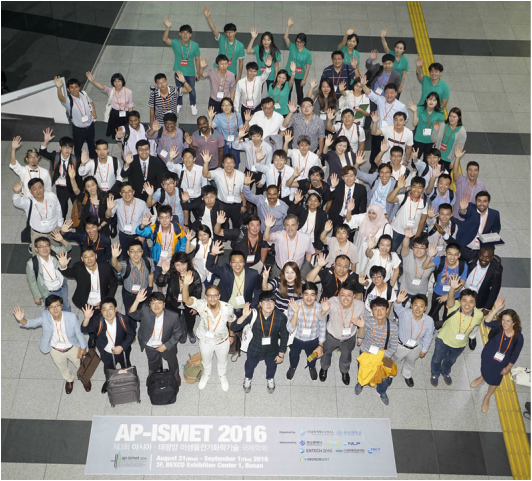
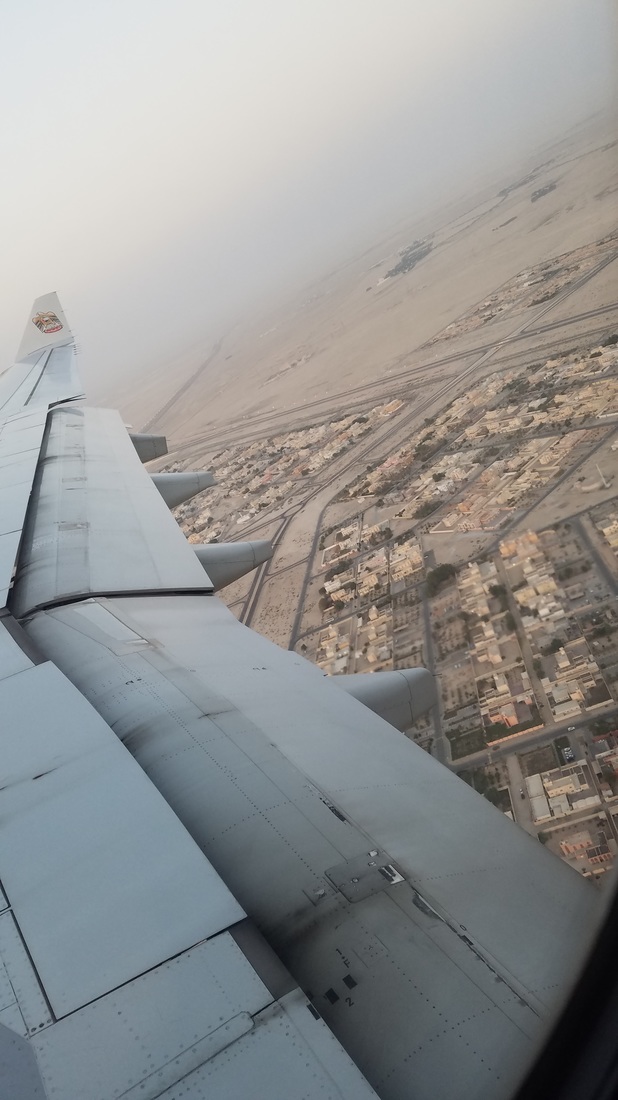
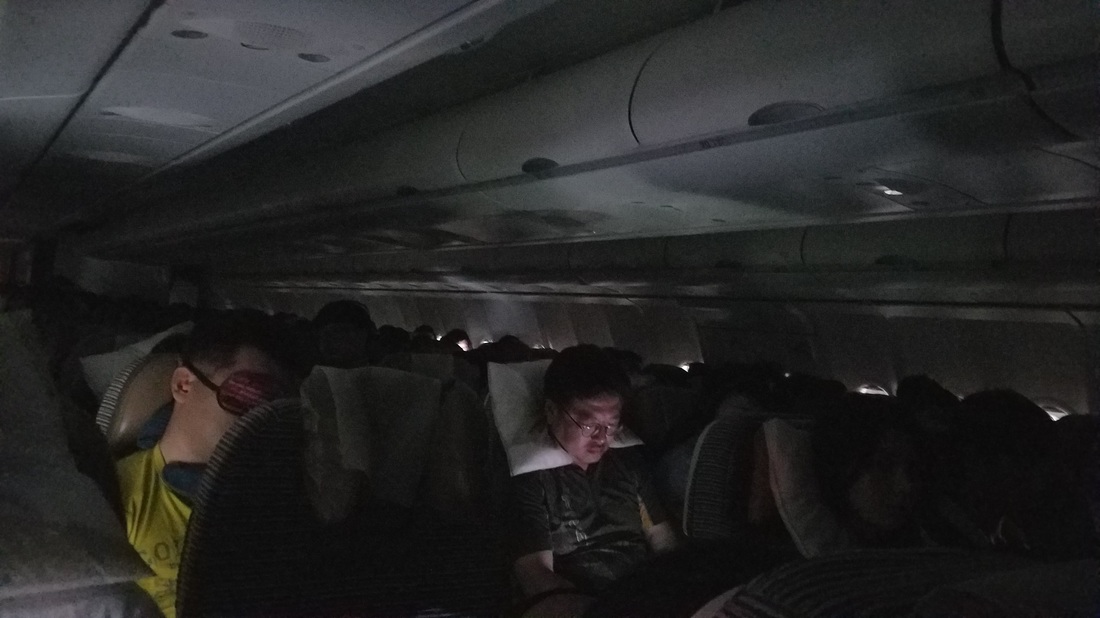
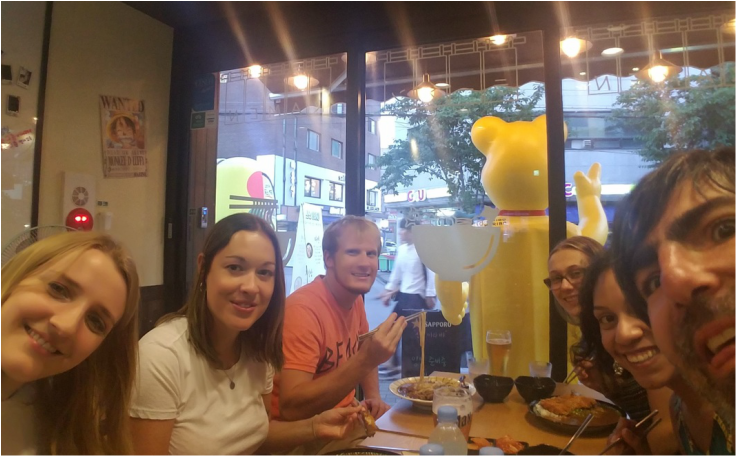
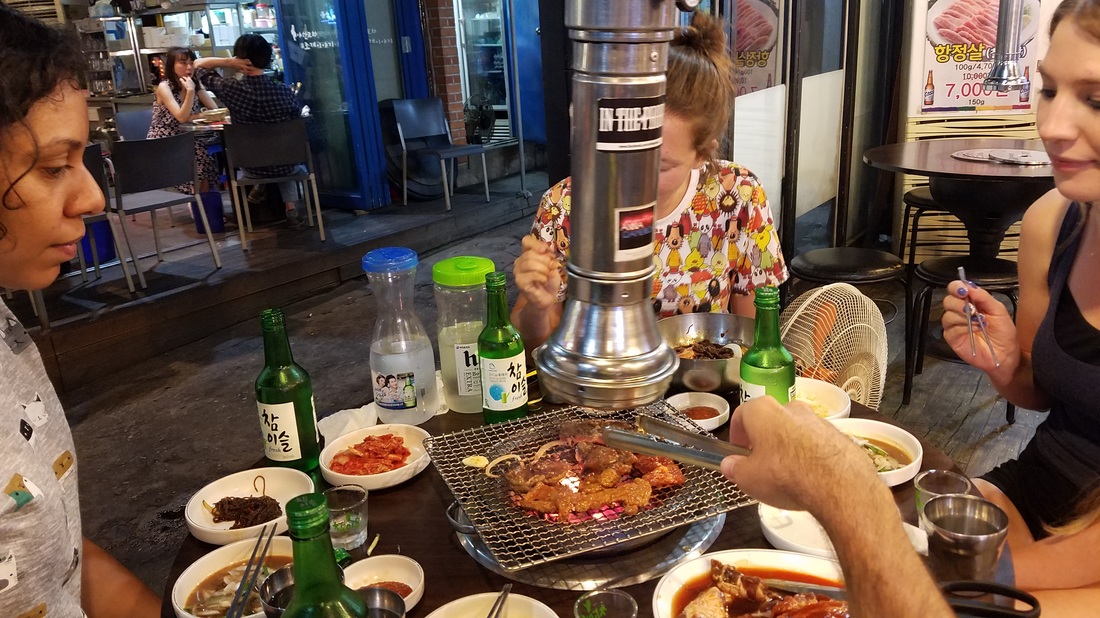
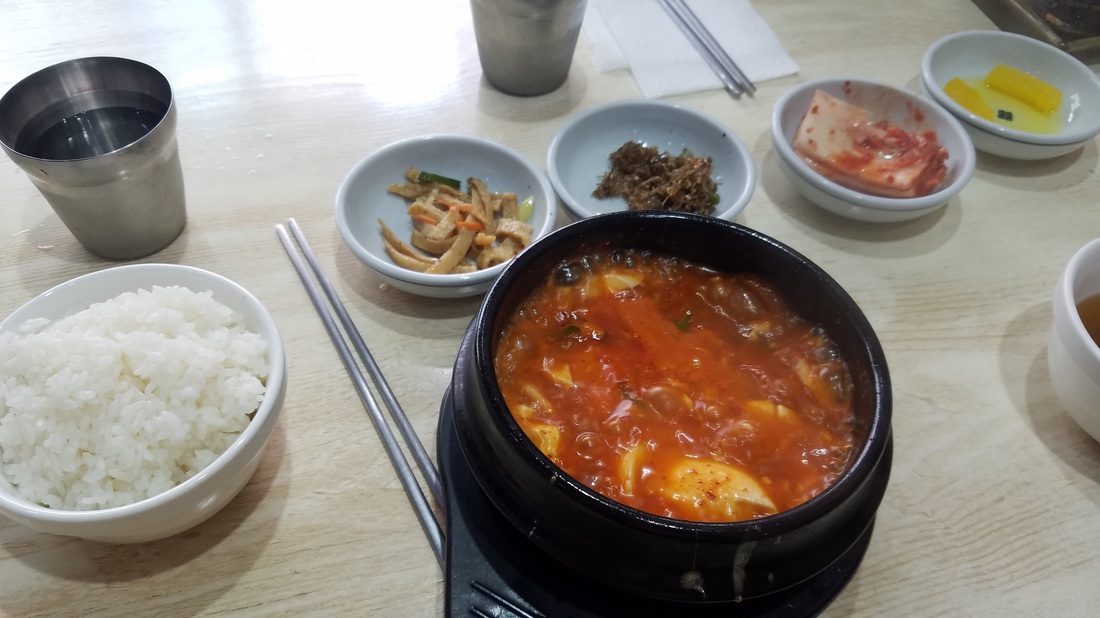
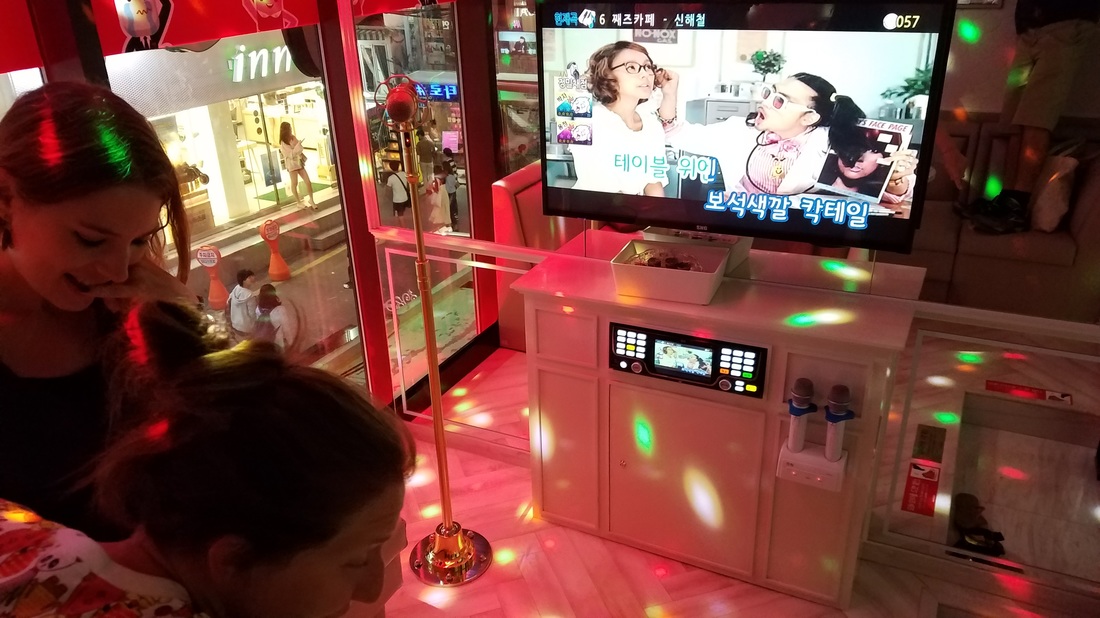
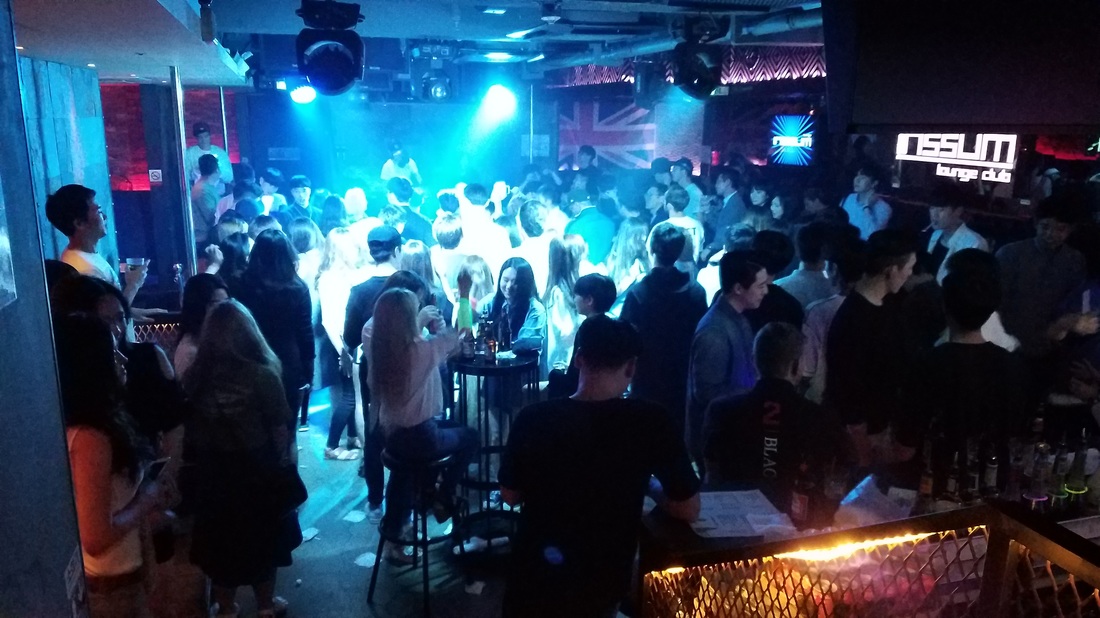
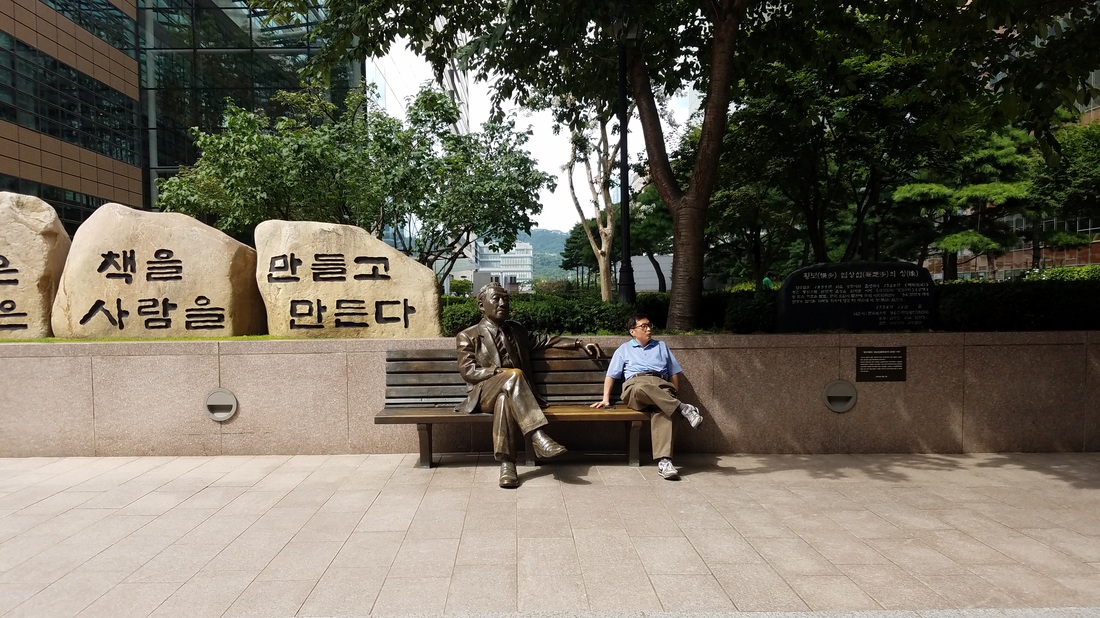
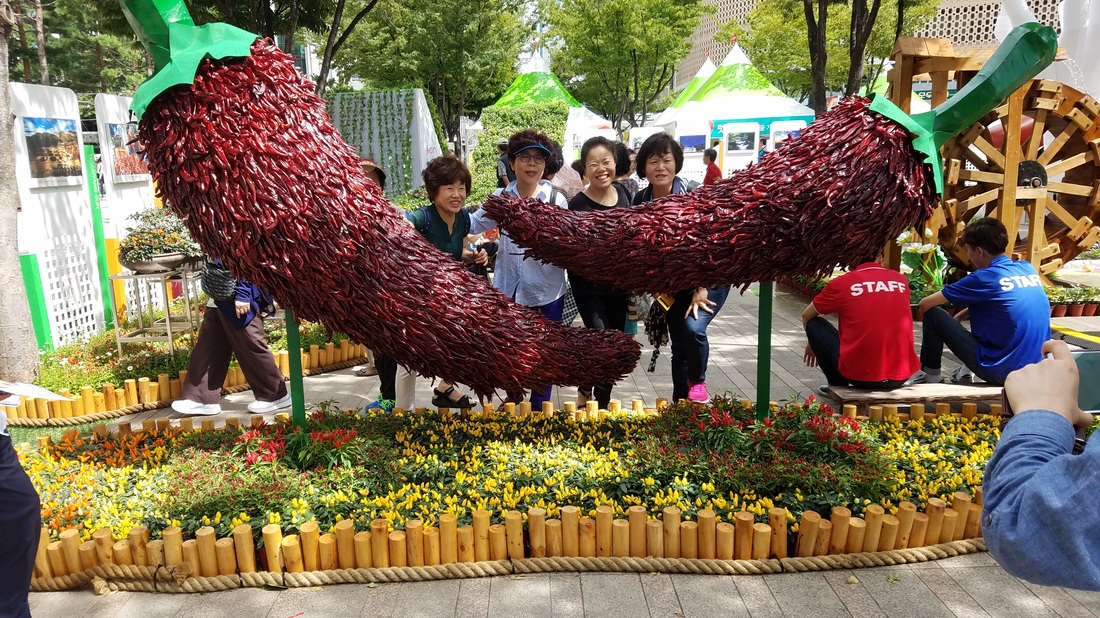
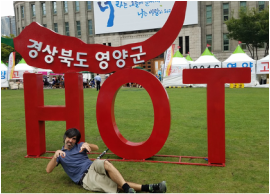
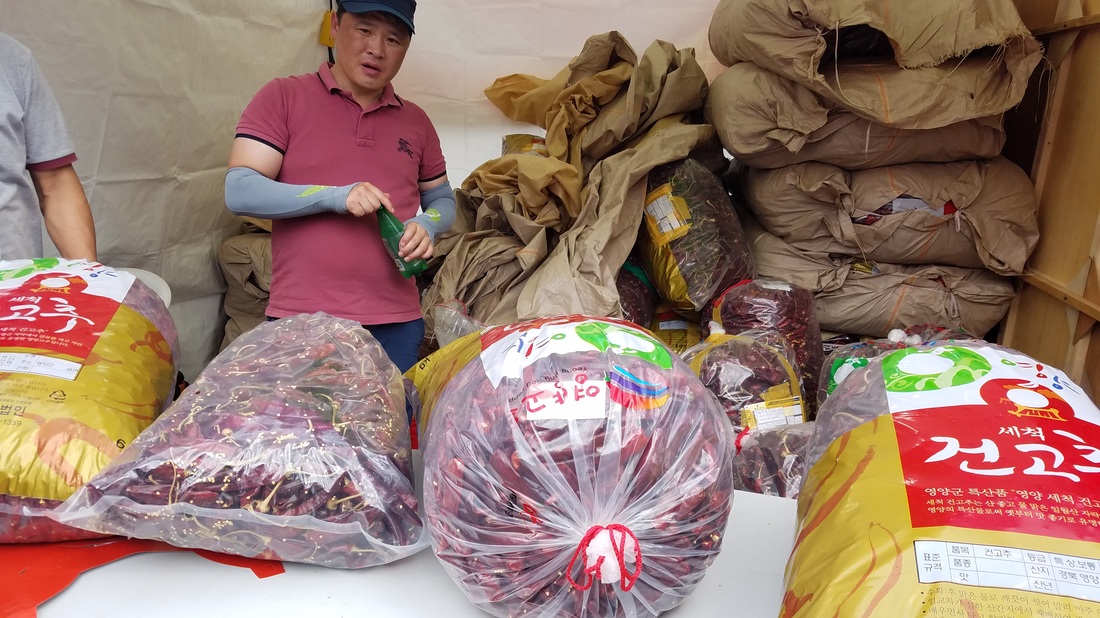
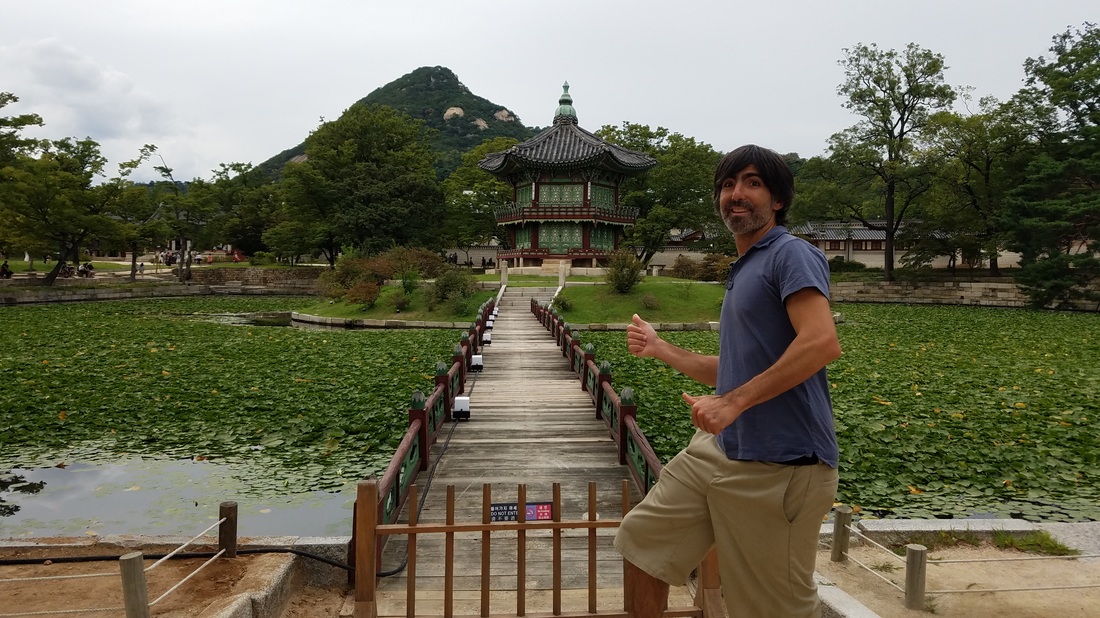
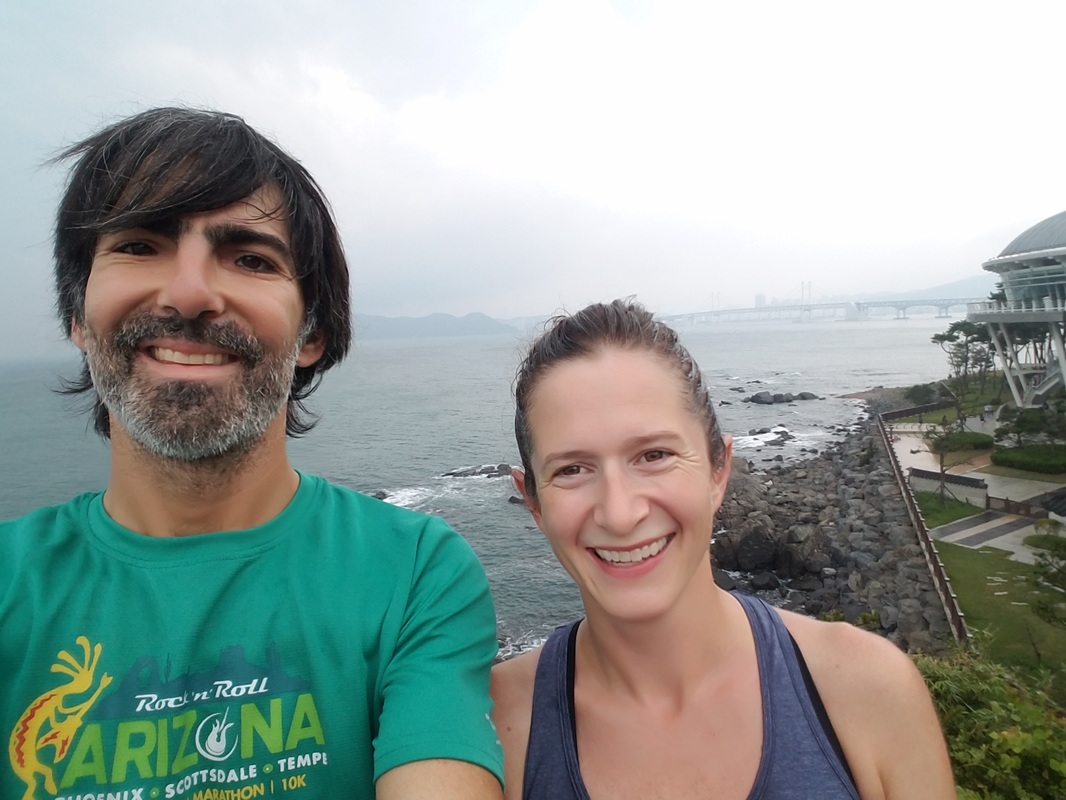
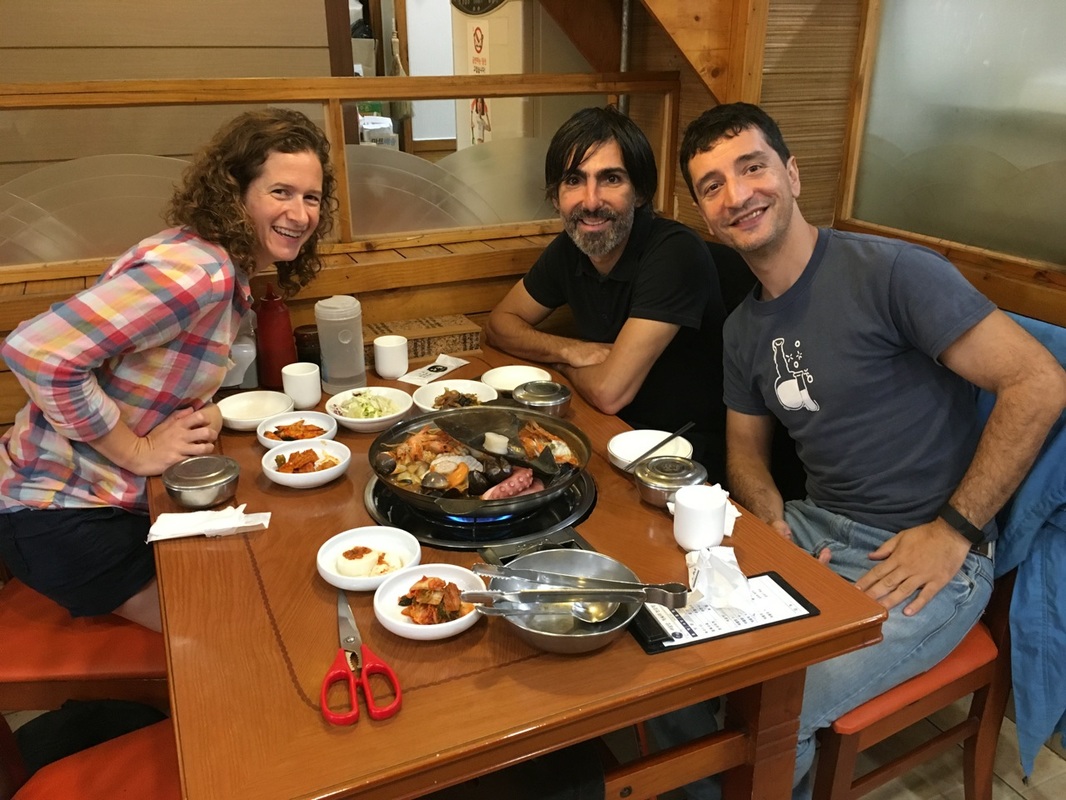
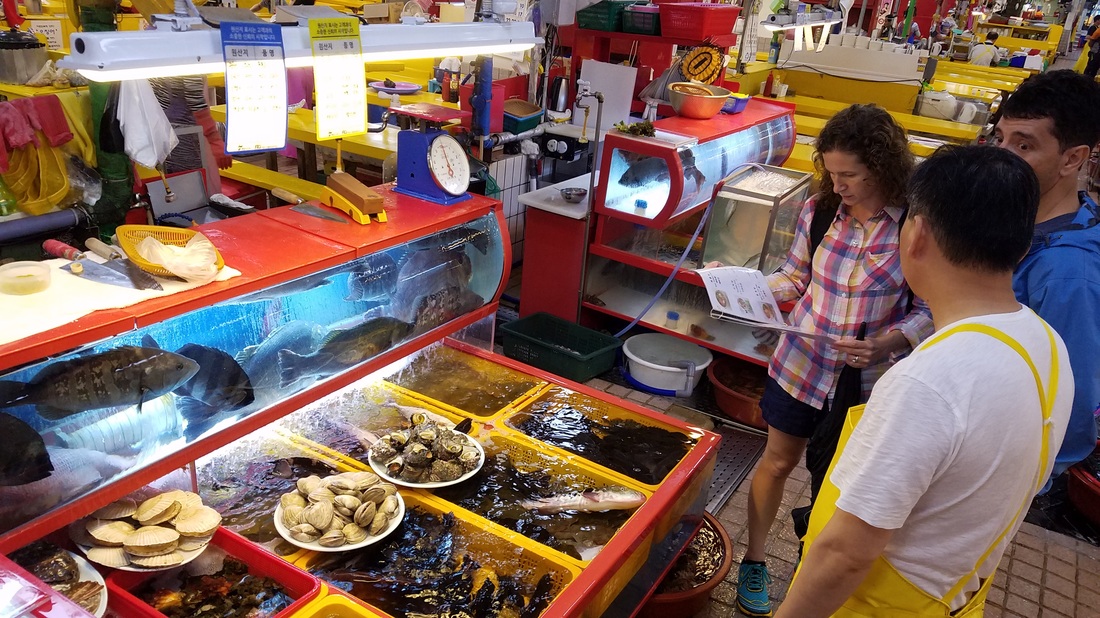

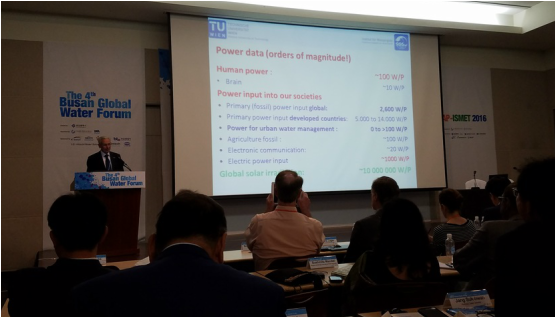
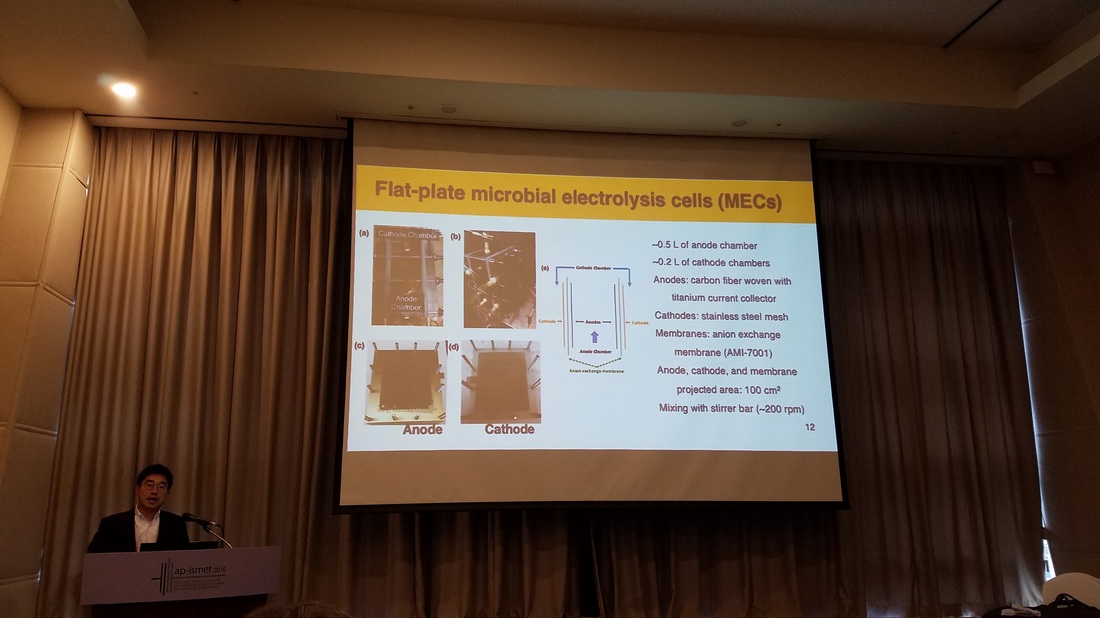
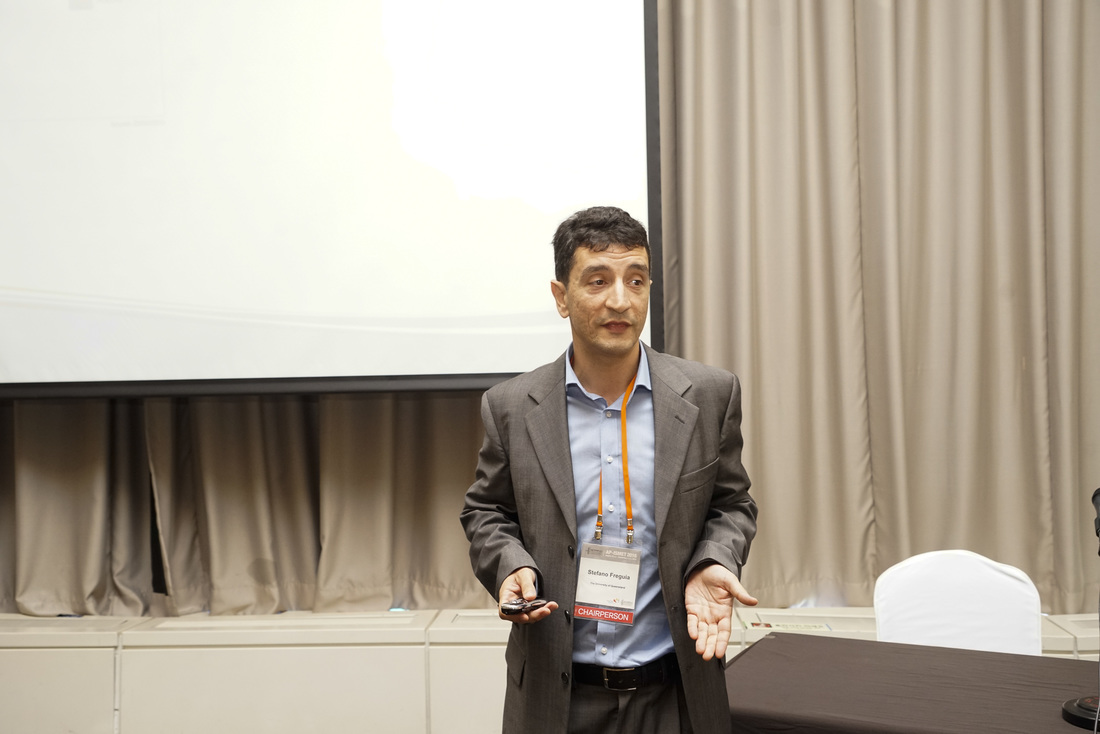
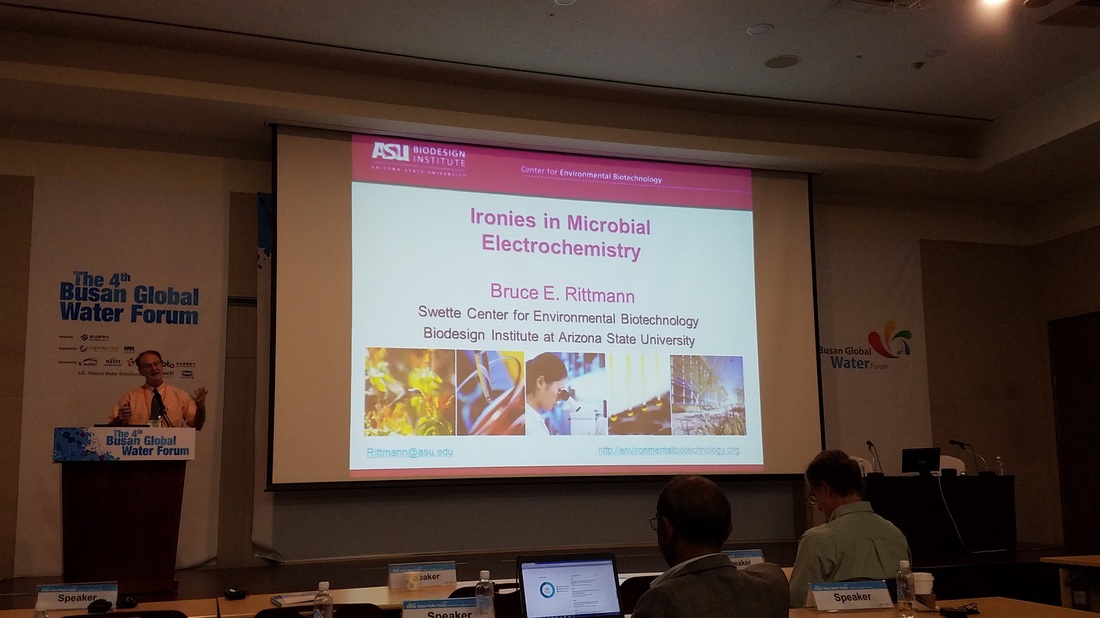
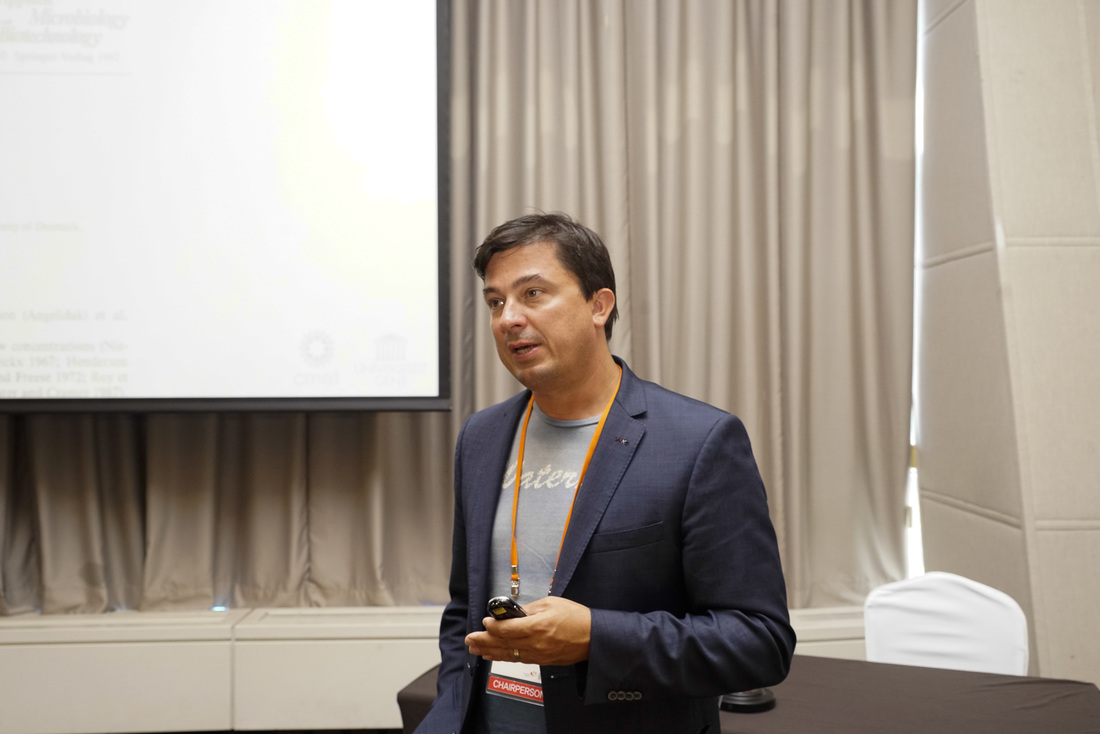
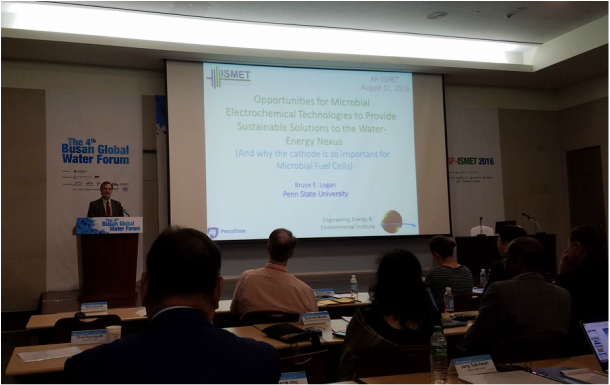
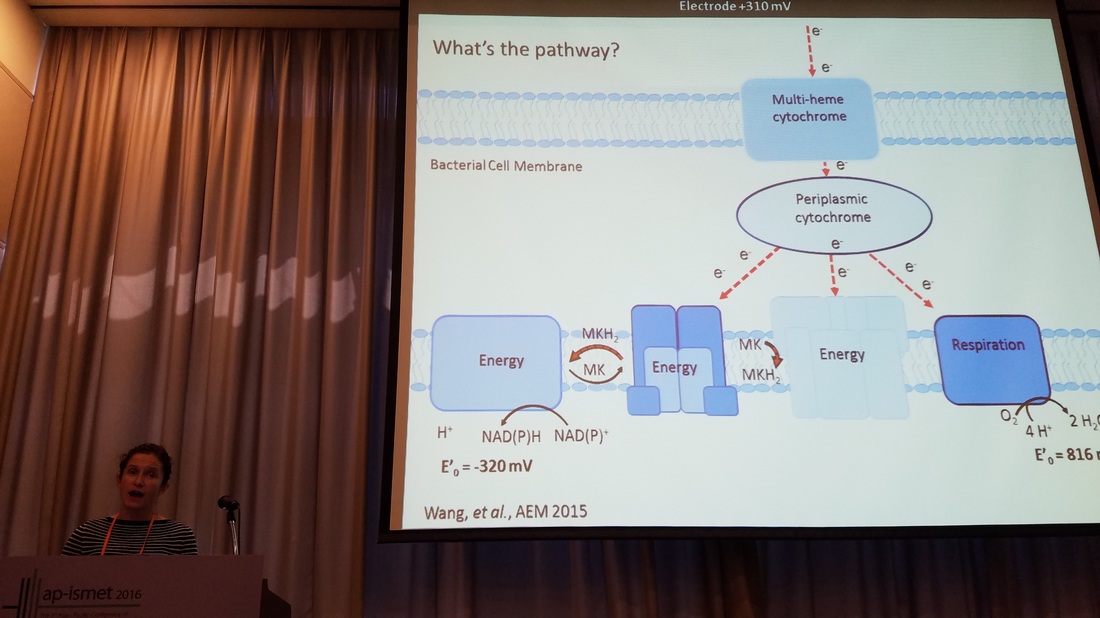
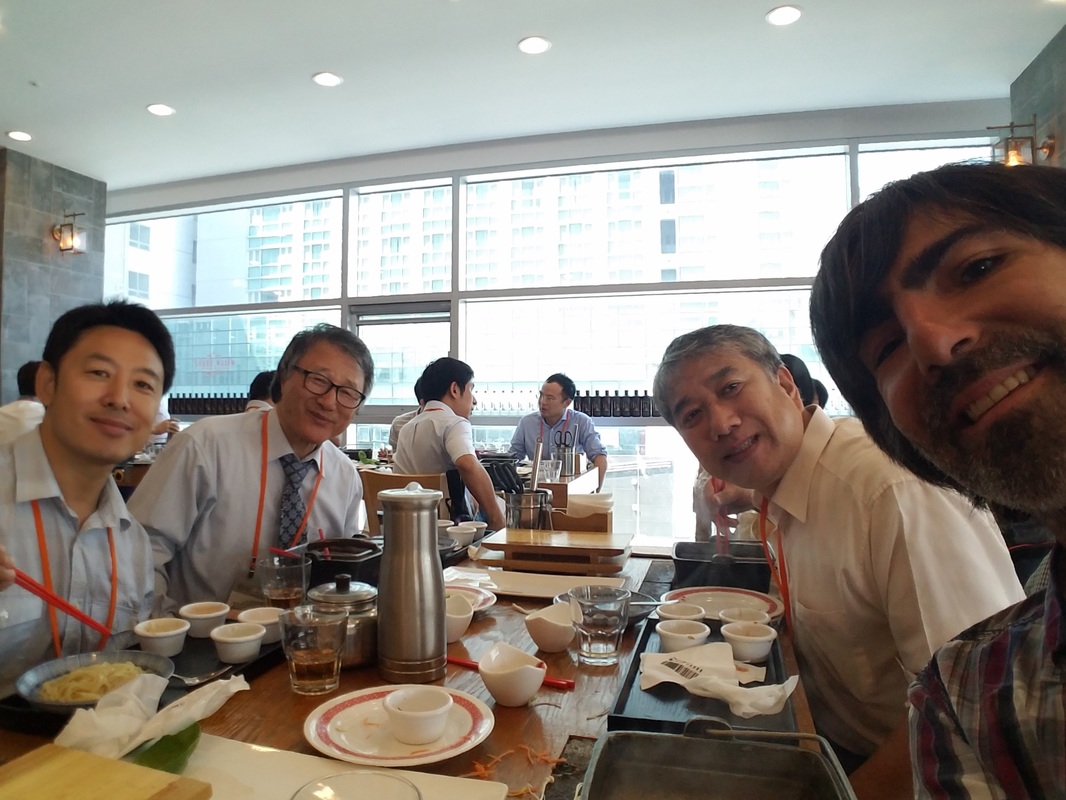
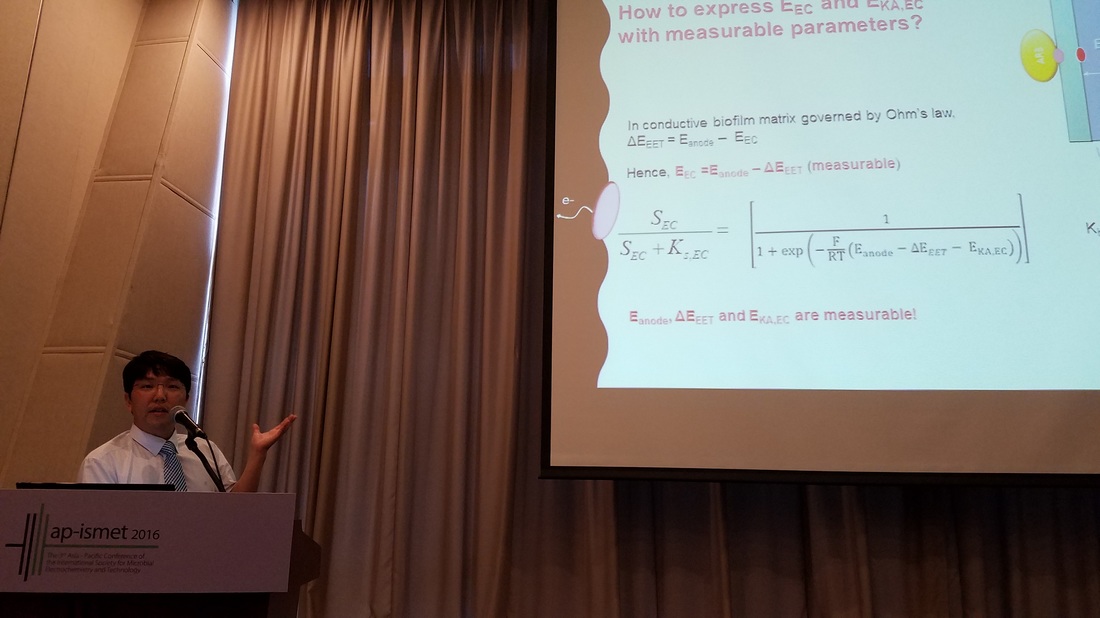
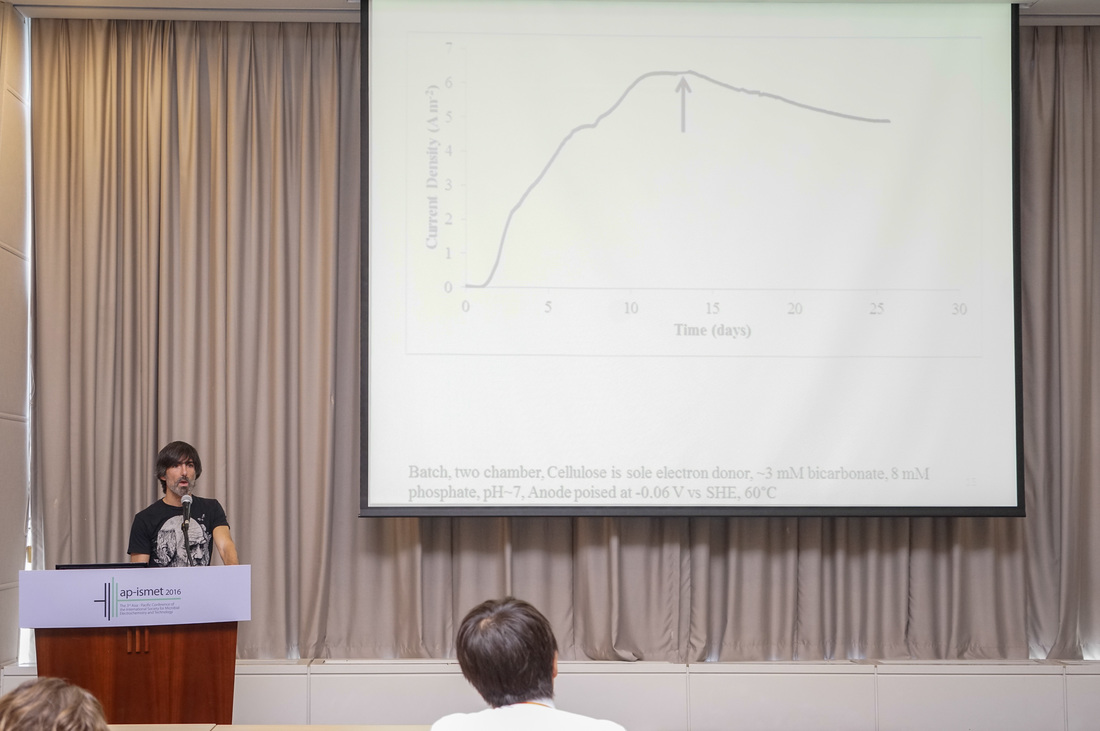
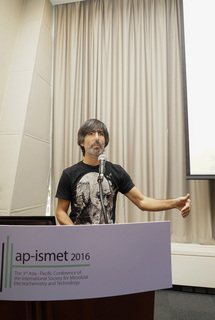
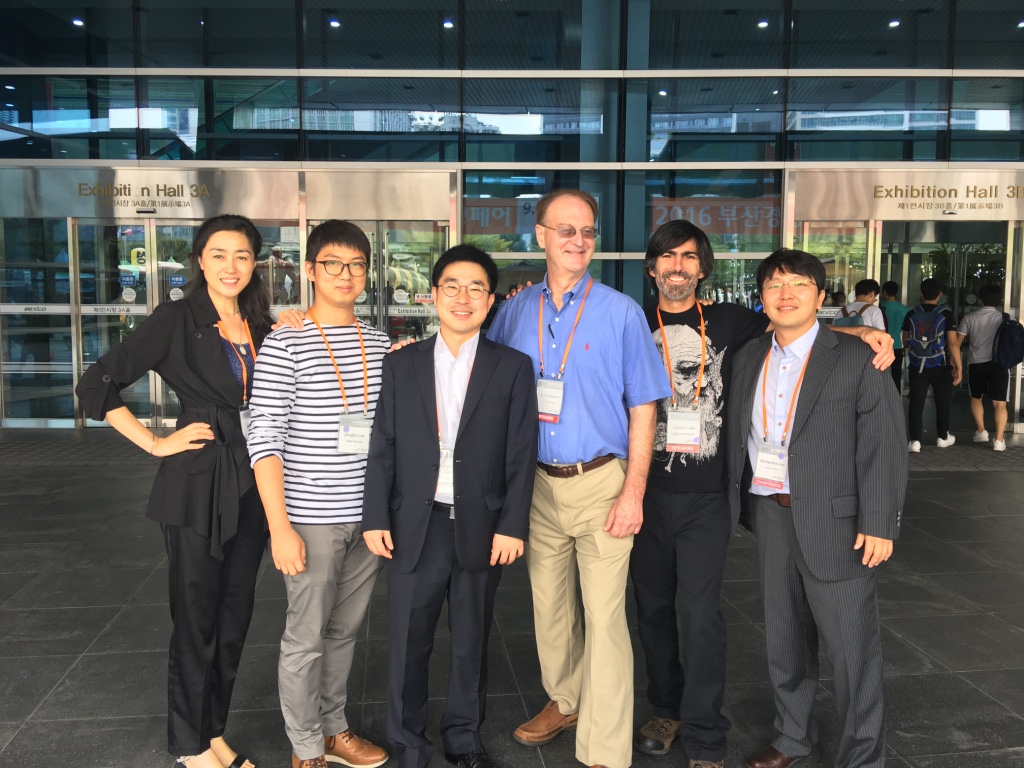
 RSS Feed
RSS Feed